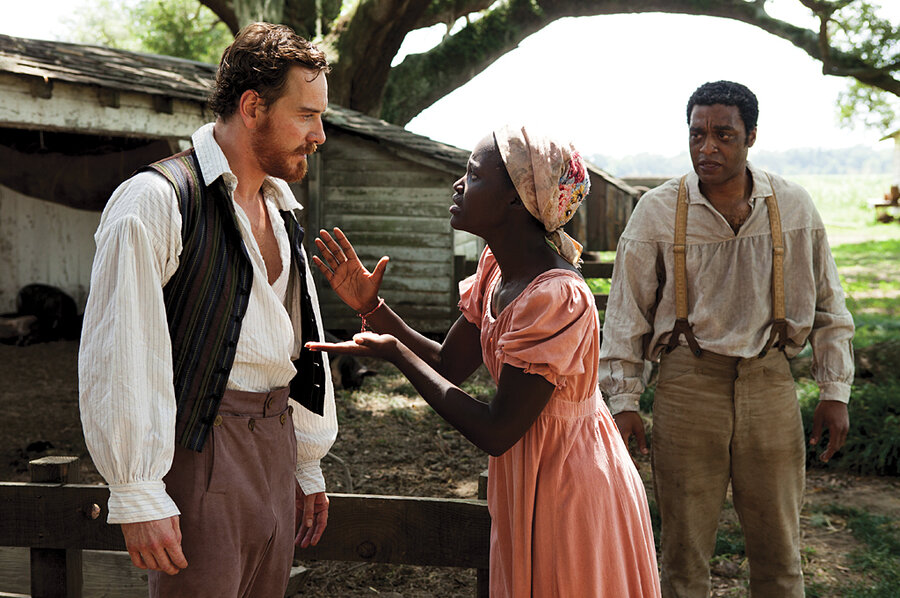'12 Years a Slave' is a necessary, if stiff, look at the history of slavery
Loading...
Based on the true story of Solomon Northup, a free black American who was kidnapped from Saratoga Springs, N.Y., in 1841 and sold into slavery, Steve McQueen’s “12 Years a Slave,” written by John Ridley and starring Chiwetel Ejiofor, is a necessary corrective to the antics of “Django Unchained,” not to mention “Mandingo” and its ilk. Why have there been so few Hollywood movies about slavery, and why did it take a British director to make this one?
Having said that, I wish the truly searing moments in this film were not continually counterbalanced by an overall historical-reenactment stiffness in the presentation. McQueen stages tableaux vivants. As in his other movies, “Shame” and “Hunger,” he makes artworks about the rending of the flesh. The large cast includes Michael Fassbender as a particularly odious slave owner, Brad Pitt in a cameo as the Good White Guy, and the remarkable Lupita Nyong’o as a young slave girl whose suffering embodies the obscenity of the institution. Grade: B (Rated R for violence/cruelty, some nudity, and brief sexuality.)







